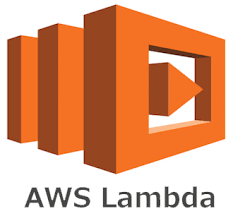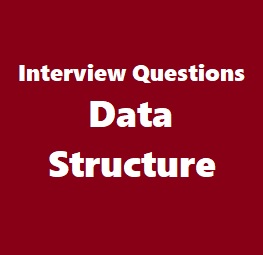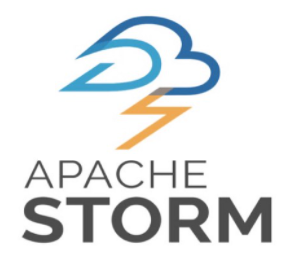1. What is AWS lambda ?
AWS Lambda is a serverless compute service that lets you run code without provisioning or managing servers, creating workload-aware cluster scaling logic, maintaining event integrations, or managing runtimes. With Lambda, you can run code for virtually any type of application or backend service – all with zero administration.
2. When can you use AWS Lambda?
When your application runs in Lambda standard runtime environment and within the resources that Lambda provides.When using Lambda, you are responsible only for your code. Lambda manages the compute fleet that offers a balance of memory, CPU, network, and other resources. When you dont need to provision any instance you can use aws lambda.
3. When should I use AWS Lambda functions with more than 3008 MB of memory?
Customers running memory or compute intensive workloads can now powerup their functions. Larger memory functions help multithreaded applications run faster, making them ideal for data and computationally intensive applications like machine learning, batch and ETL jobs, financial modelling, genomics, HPC, and media processing.
4. How long can an AWS Lambda function execute?
AWS Lambda functions can be configured to run up to 15 minutes per execution. You can set the timeout to any value between 1 second and 15 minutes.
5. How will I be charged for using AWS Lambda functions?
AWS Lambda is priced on a pay per use basis.
6. How are events represented in AWS Lambda?
Events are passed to a Lambda function as an event input parameter. For event sources where events arrive in batches, such as Amazon SQS, Amazon Kinesis, and Amazon DynamoDB Streams, the event parameter may contain multiple events in a single call, based on the batch size you request.
7. How do I make an AWS Lambda function respond to changes in an Amazon S3 bucket?
From the AWS Lambda console, you can select a function and associate it with notifications from an Amazon S3 bucket. Alternatively, you can use the Amazon S3 console and configure the bucket’s notifications to send to your AWS Lambda function. This same functionality is also available through the AWS SDK and CLI.












